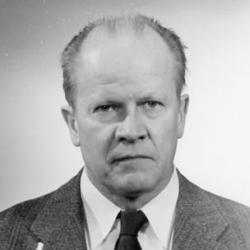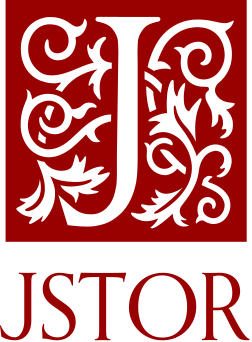This page is based on this
Wikipedia article Text is available under the
CC BY-SA 4.0 license; additional terms may apply.
Images, videos and audio are available under their respective licenses.
The Ajabakan were an indigenous Australian people of the Cape York Peninsula of Queensland
The Wikianji were an indigenous Australian tribe of the Cape York Peninsula of northern Queensland.
The Totj were an indigenous Australian people of far northern Queensland.
The Unjadi (Unyadi) were an indigenous Australian people of the Cape York Peninsula of northern Queensland.
The Nyuwathayi (Njuwathai) were an indigenous Australian people of the Cape York Peninsula of Queensland.
They may have spoken the Yinwum language, based on their location, but there is no data.
The Atjinuri were an indigenous Australian people of the Cape York Peninsula of Queensland.
The Yinwum, also written Jinwum, were an indigenous Australian people of the Cape York Peninsula of Queensland.
The Mbewum were an indigenous Australian people of the Cape York Peninsula of northern Queensland. They were dispossessed and became extinct soon after colonization.
The Wikampama were an indigenous Australian people of Cape York Peninsula in northern Queensland.
The Ngathokudi (Ngadhugudi) were an indigenous Australian people of the state of Queensland. Their language was possibly a dialect of Uradhi.
The Wakara or Wakura were an indigenous Australian people of the state of Queensland.
Yadaneru, also written Jeteneru, refers to a tribe at one time thought to have existed in the Cape York Peninsula of northern Queensland.
The Wiknatanja were an indigenous Australian people, one of the Wik tribes of the Cape York Peninsula of northern Queensland.
The Wikmean were an indigenous Australian people, one of the Wik tribes of the Cape York Peninsula of northern Queensland.
The Wikepa are an indigenous Australian people, one of the Wik tribes of the Cape York Peninsula of northern Queensland.
The Wik Paach or Wikapatja were an indigenous Australian people of the Cape York Peninsula of northern Queensland.
The Wikatinda were an indigenous Australian people of the Cape York Peninsula of northern Queensland. They were one of the Wik peoples, but their language is unattested.
The Wik Elken (Wik-Kalkan), or Wik-Ngatharr, were an indigenous Australian people, one of the Wik tribes of the Cape York Peninsula of the state of Queensland.
The Yungkurara were an indigenous Australian people of the state of Queensland.
The Nggamadi were an indigenous Australian people of the Cape York Peninsula of northern Queensland.







